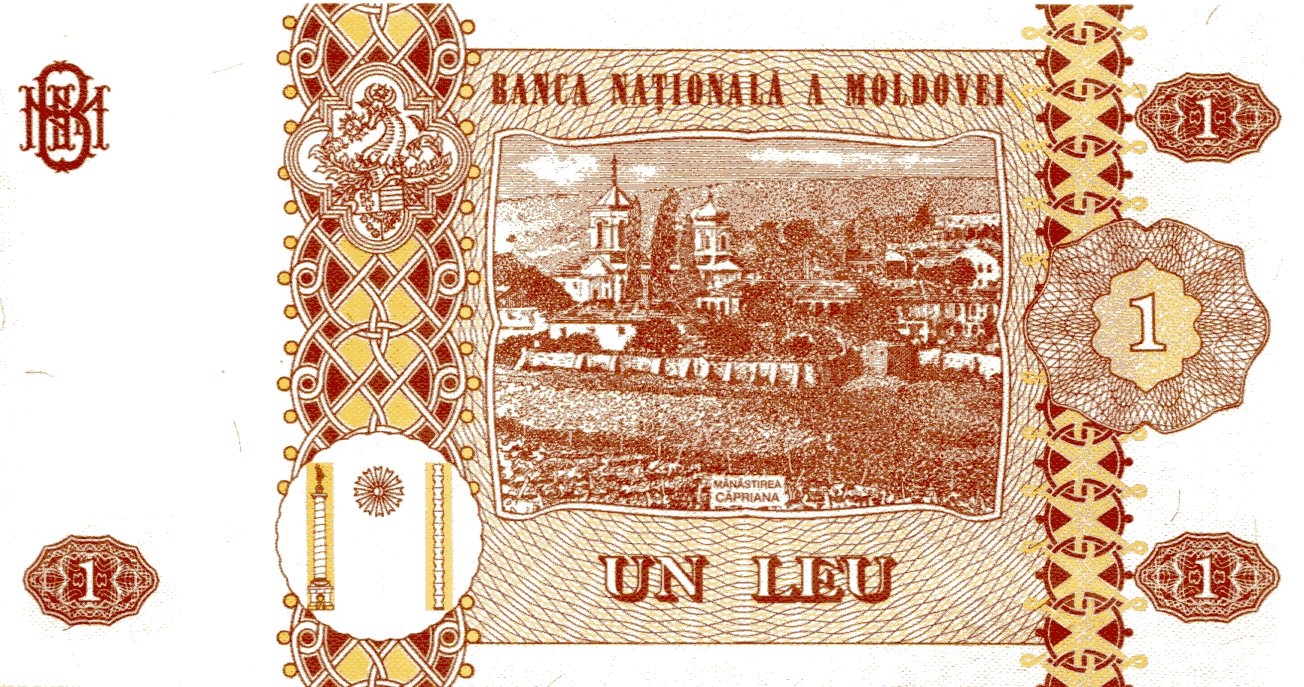I don’t remember where I got this Mexican one-peso note, dated 1950.

Maybe my great-uncle Ralph (d. 1971) picked it up during his time in Mexico, giving it at some point to his sister, my grandmother, and my mother got it after that. It possibly came to me because I was the only one in the family with much interest in non-U.S. banknotes.
What Ralph did in Mexico, or why he went, or even when it was, I don’t know, just that he went there from time to time — that much my mother told me. I would have thought that the 1950s would be a little late for south-of-the-border cowboy or oil field work such as he did, since Ralph turned 60 during that decade, but then again, he was a tough old cuss, and besides, 60 doesn’t seem like such an advanced age to me anymore.
Also, I have a set of four five-peso coins soldered together to make what looks like a coaster — a square shape, except made of disks — and I know Uncle Ralph did that, per information from my mother. Three of the coins are dated 1955, one 1956, so it seems a safe bet that he visited sometime during that decade. For all I know, lifelong bachelor Ralph had an out-of-wedlock child or two in Mexico that the rest of his family knew nothing about. Seems unlikely, but certainly not impossible.
All speculation. I don’t really remember where I got the note. It’s also possible I got it 30 years ago at a coin shop for a few dollars from a box of cheap foreign banknotes. Whatever the reason, I’m glad I have it. While not in mint condition, and not worth much as a collectible, I like the design.
Instead of a Mexican patriot of some sort, the Aztec Sun Stone is right there on the obverse, done in an incredibly intricate grayscale engraving, surrounded mostly by more dark inks, with hints of red and blue.
Nice work by the American Bank Note Company, former NYC-based manufacturer of banknotes to many nations, now a Connecticut-based maker of plastic cards and other transactional tech. That company, or a competitor, might have been behind the tech that enabled my bank to issue me a new debit card on the spot a couple of years ago, after the one I’d been using had worn out. I was astonished. I expected to have to wait a few days at least.
But, as the ABCorp web site says, “In the world of digital & mobile, here and now the thought of waiting 3-5 weeks for a new credit or replacement debit card is antiquated.” So are solid corporate names, like the American Bank Note Company; must have been sometime in the ’80s when it became a three-initial corporation.
Back to the Mexican banknote. I wonder whether anyone handling my one-peso note in the 1950s ever gave any thought to the fact that it wasn’t made in Mexico. That in fact it was made in the United States. I can imagine the idea irritating hard-core nationalists, but the simple truth is probably that most people didn’t notice that at all. Any more than people who handle U.S. currency give a thought to E Pluribus Unum, or on the $1 note, Novus ordo seclorum or Annuit coeptis. (Though of course a few crackpots overthink the dollar bill.)
The reverse of the 1950 one peso note is mainly red. Not as dramatic as the obverse, but for sheer symbolic drama, it’s hard to beat Aztecs anyway.
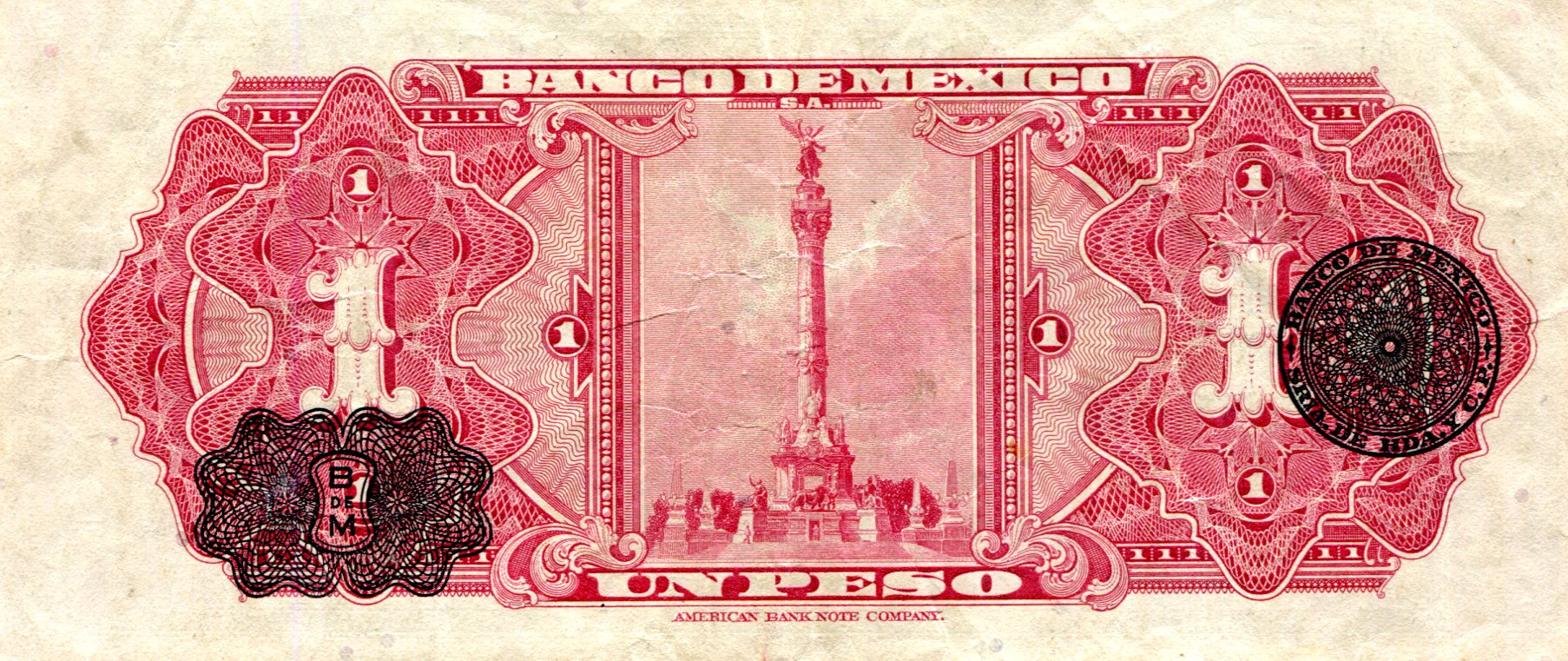
Rather, it speaks to more modern times in Mexico. Independence, at least, since the column depicted is the Monumento a la Independencia, less formally El Ángel, which is on a roundabout of Paseo de la Reforma in Mexico City.
We weren’t far from there during the New Year’s Eve countdown going into 2018. A fine monument, but as a vertical shaft it doesn’t translate all that well to a horizontal banknote. A depiction of El Ángel by itself would have filled out the space better.
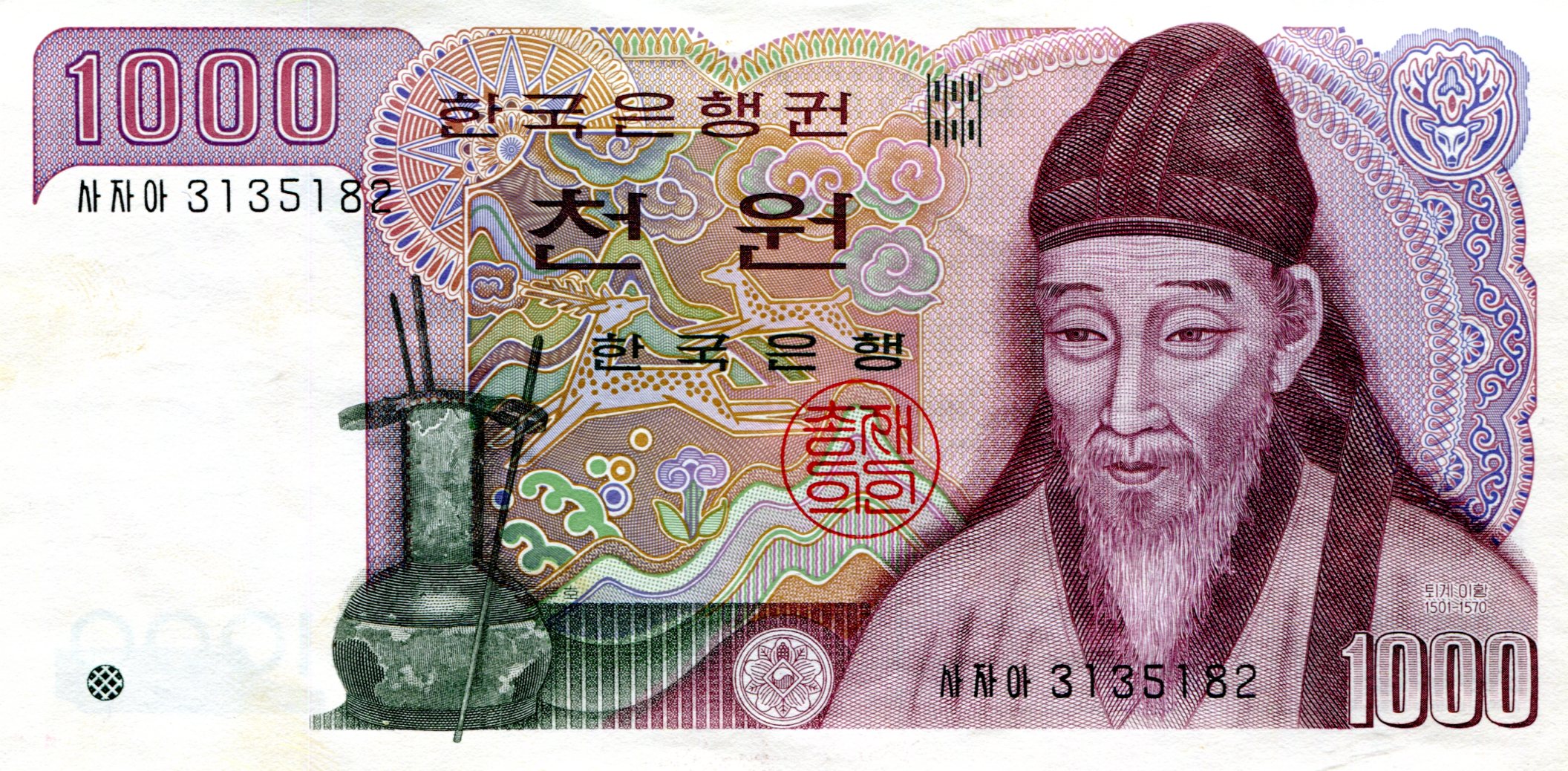 I haven’t done well by holding on it, at least not financially. It seems inflation has been fairly consistent in that country for the last 30 years, and a handy inflation calculator for won — I’m still amazed what’s on line — tells me that you’d need ₩ 2,773 these days to have the same purchasing power.
I haven’t done well by holding on it, at least not financially. It seems inflation has been fairly consistent in that country for the last 30 years, and a handy inflation calculator for won — I’m still amazed what’s on line — tells me that you’d need ₩ 2,773 these days to have the same purchasing power.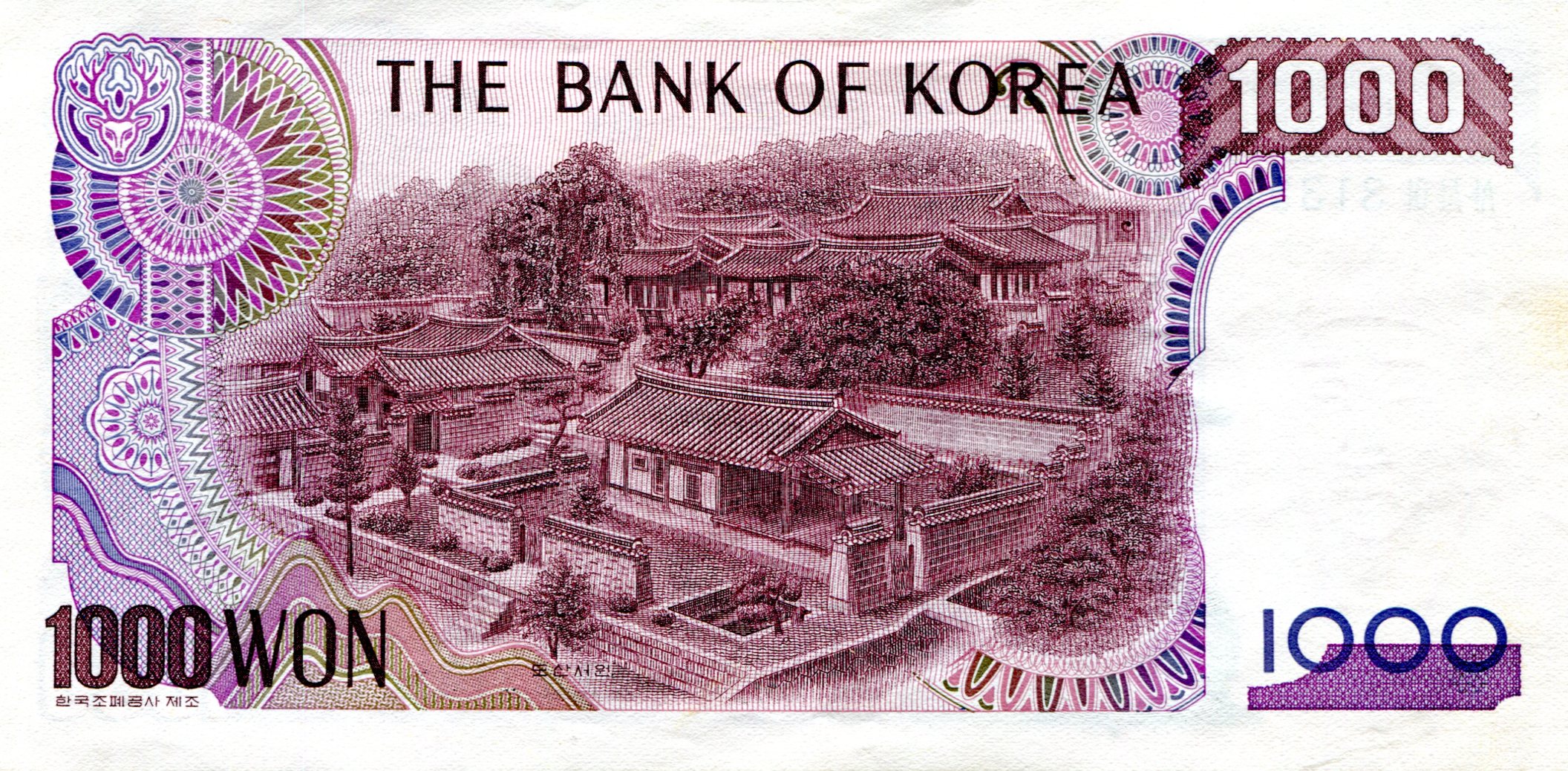
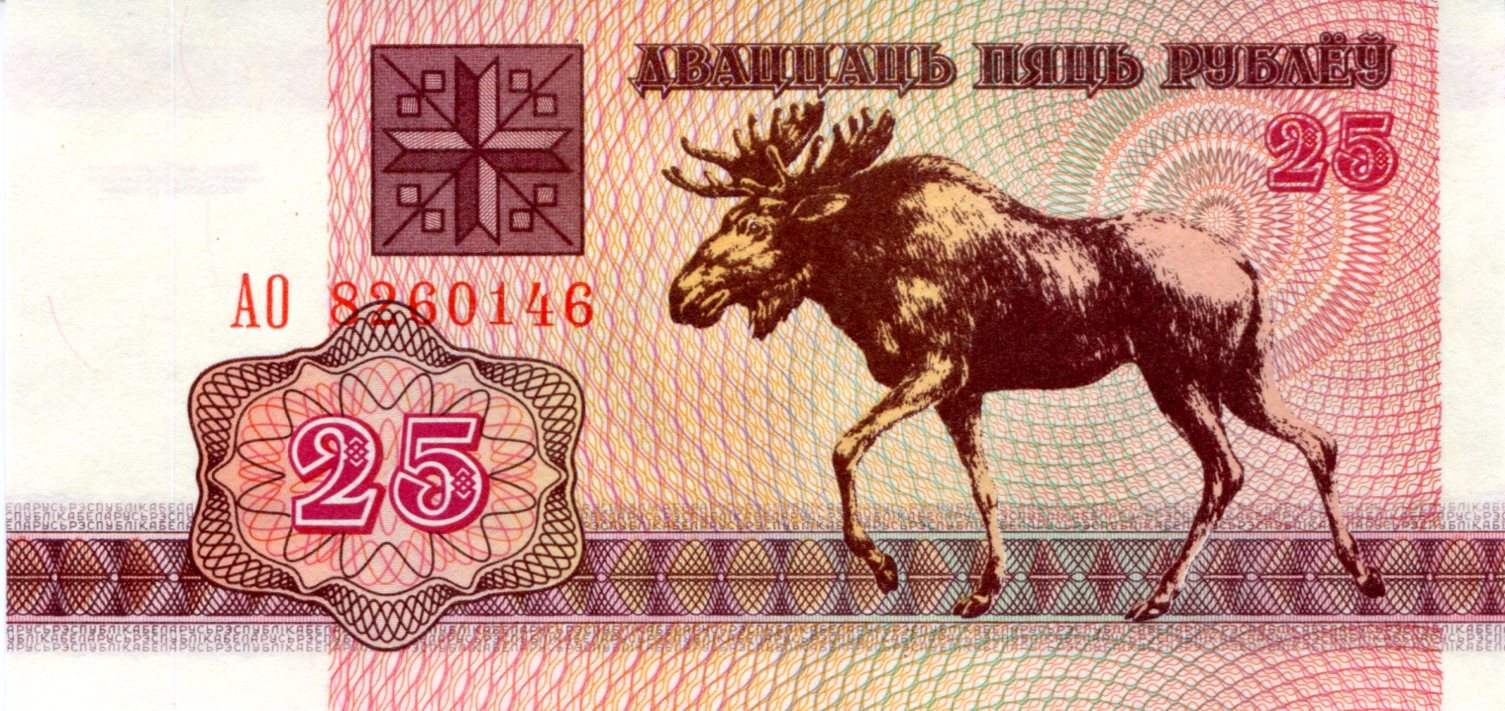
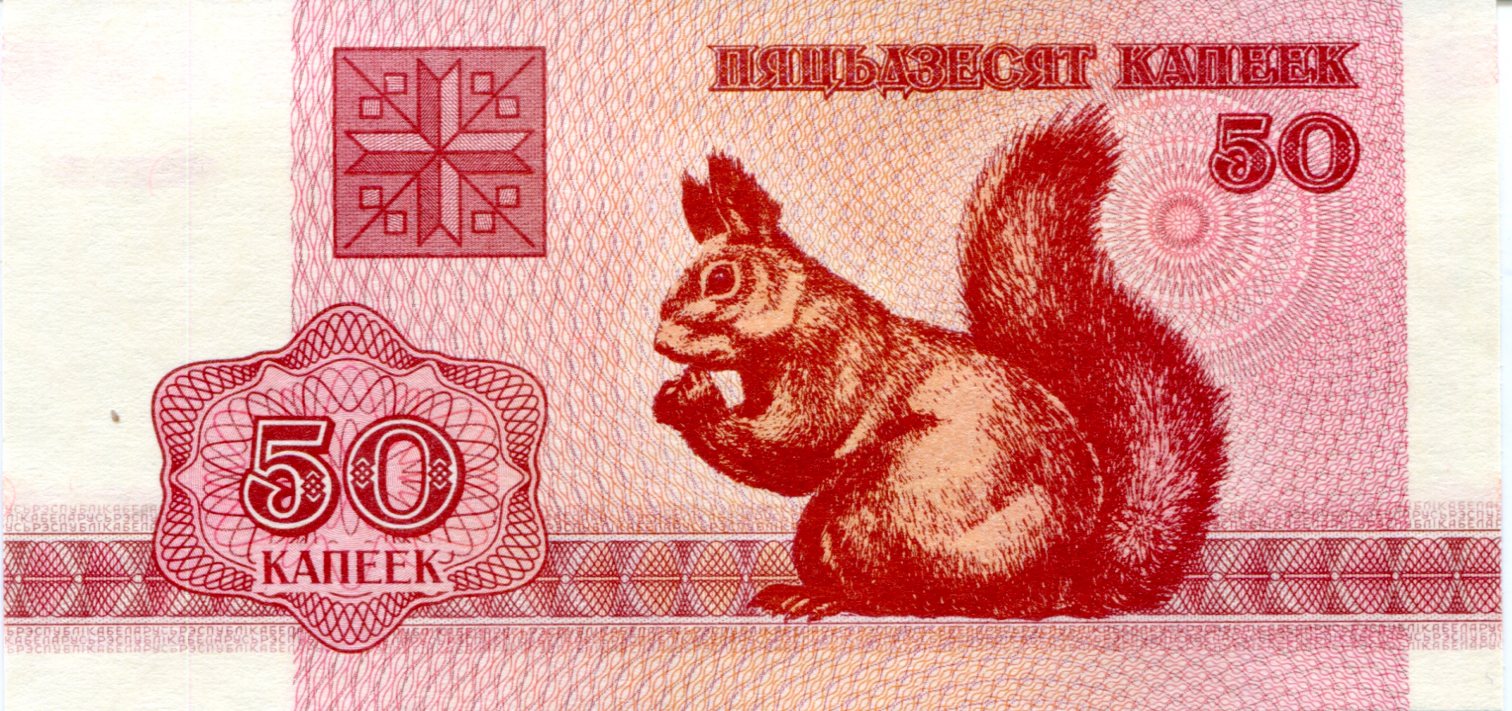
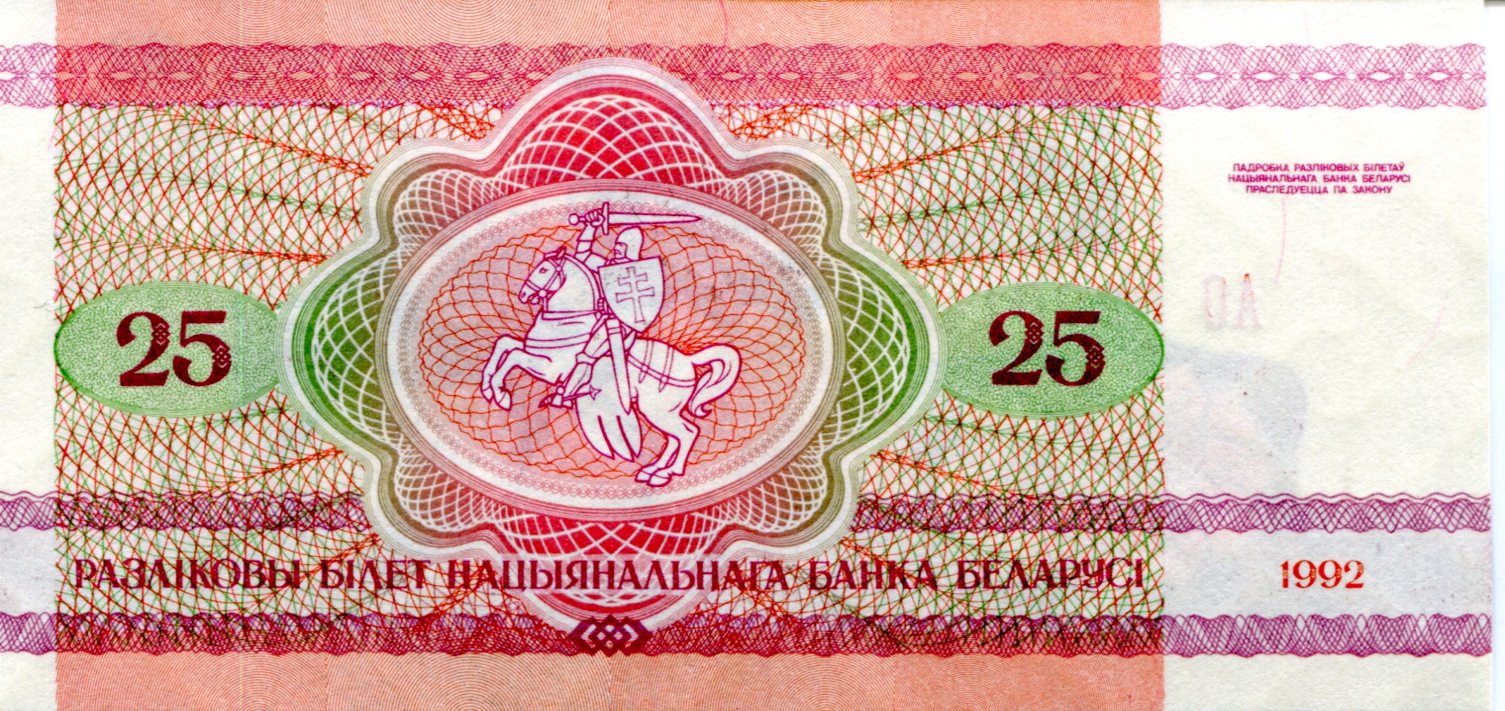
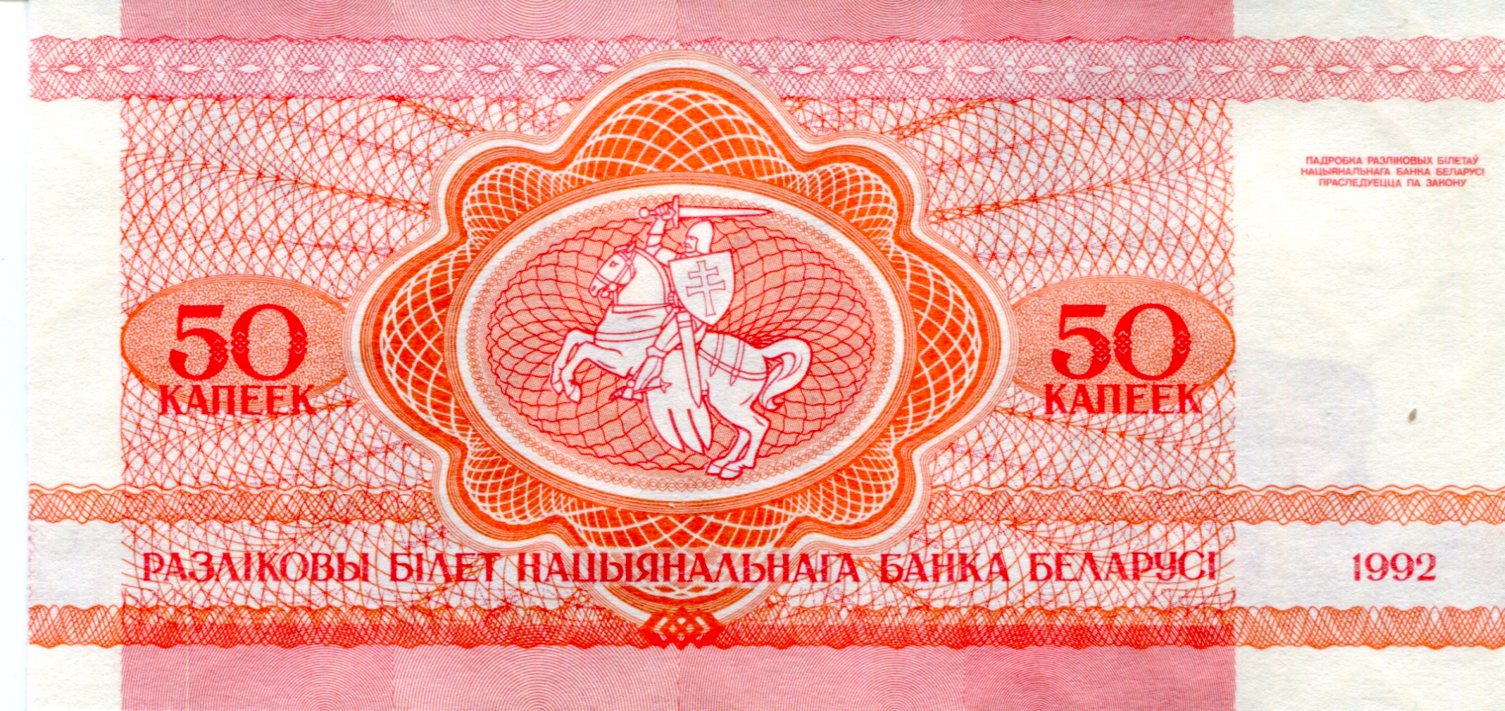




 The note is also small in size. Interestingly, exactly four inches long and two-and-a-half inches tall. Odd, I would have thought that the sides measure evenly in centimeters rather than inches.
The note is also small in size. Interestingly, exactly four inches long and two-and-a-half inches tall. Odd, I would have thought that the sides measure evenly in centimeters rather than inches.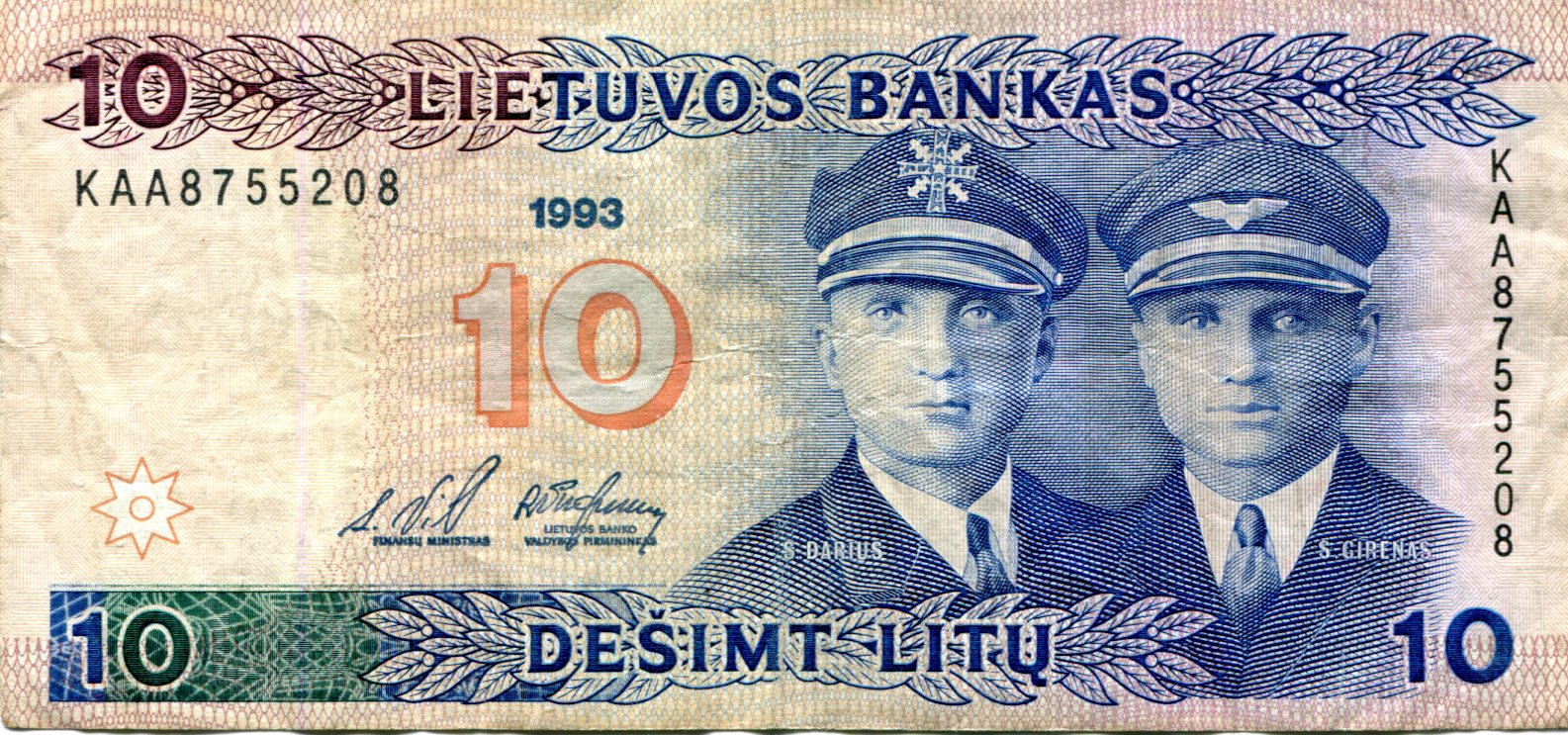 Who are these gentlemen who look so much alike, except the eyes of one are closer together than the other?
Who are these gentlemen who look so much alike, except the eyes of one are closer together than the other?


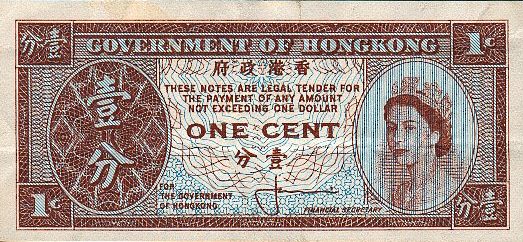
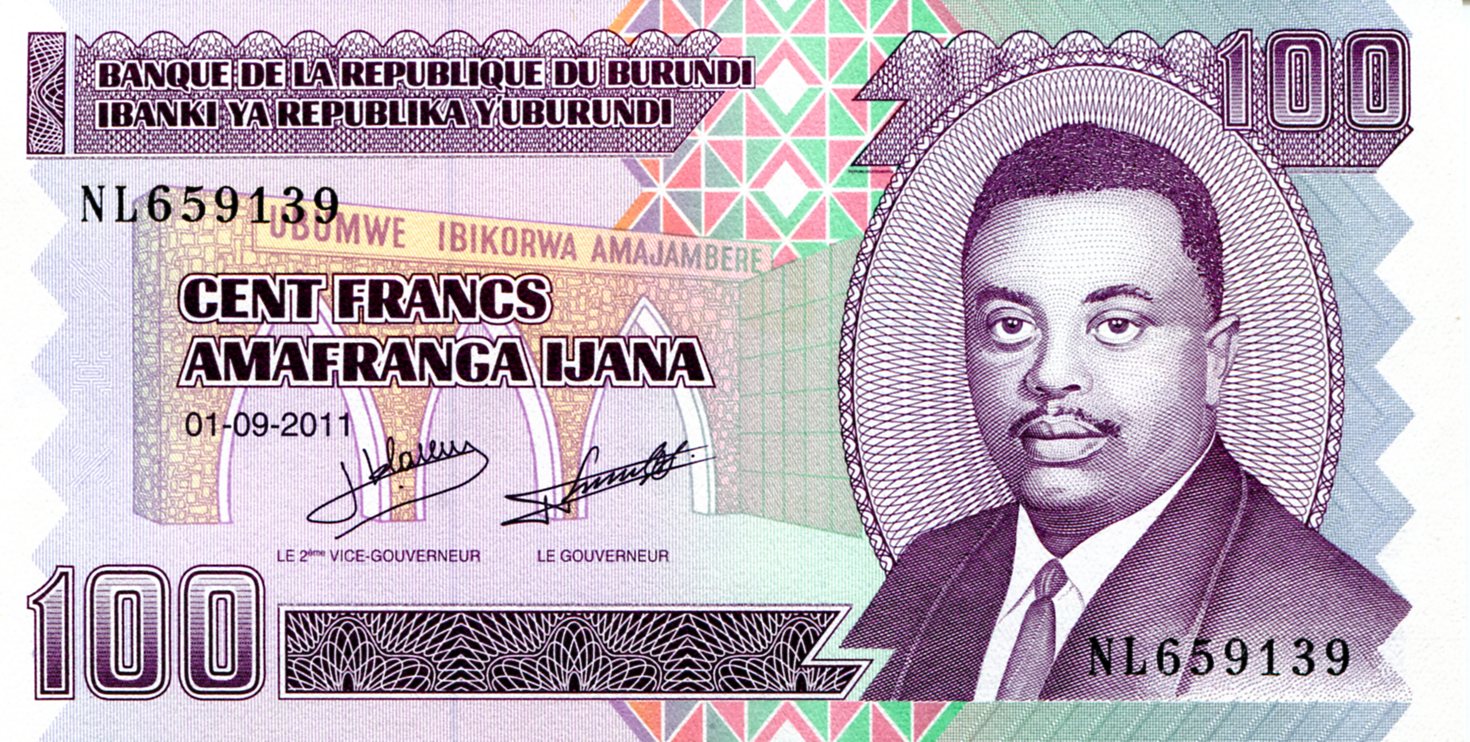
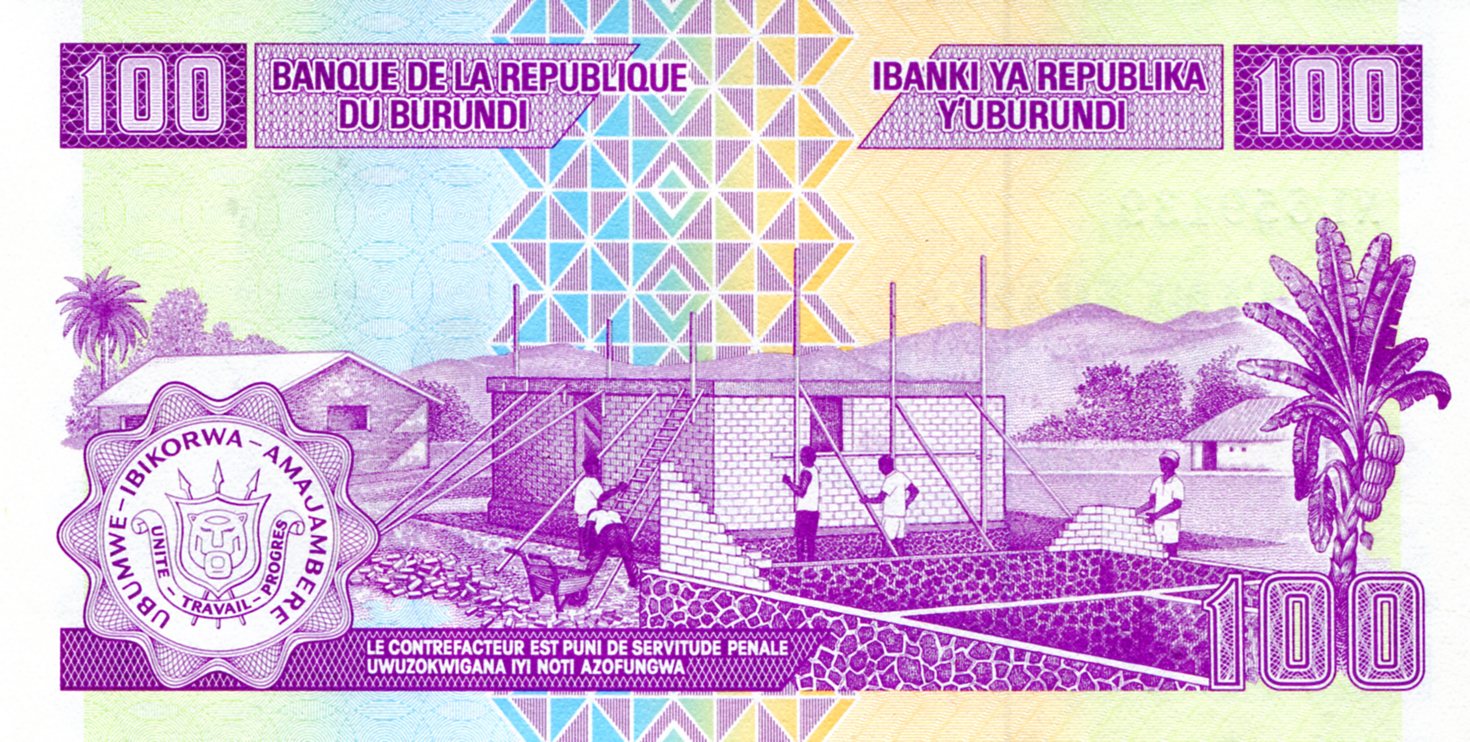
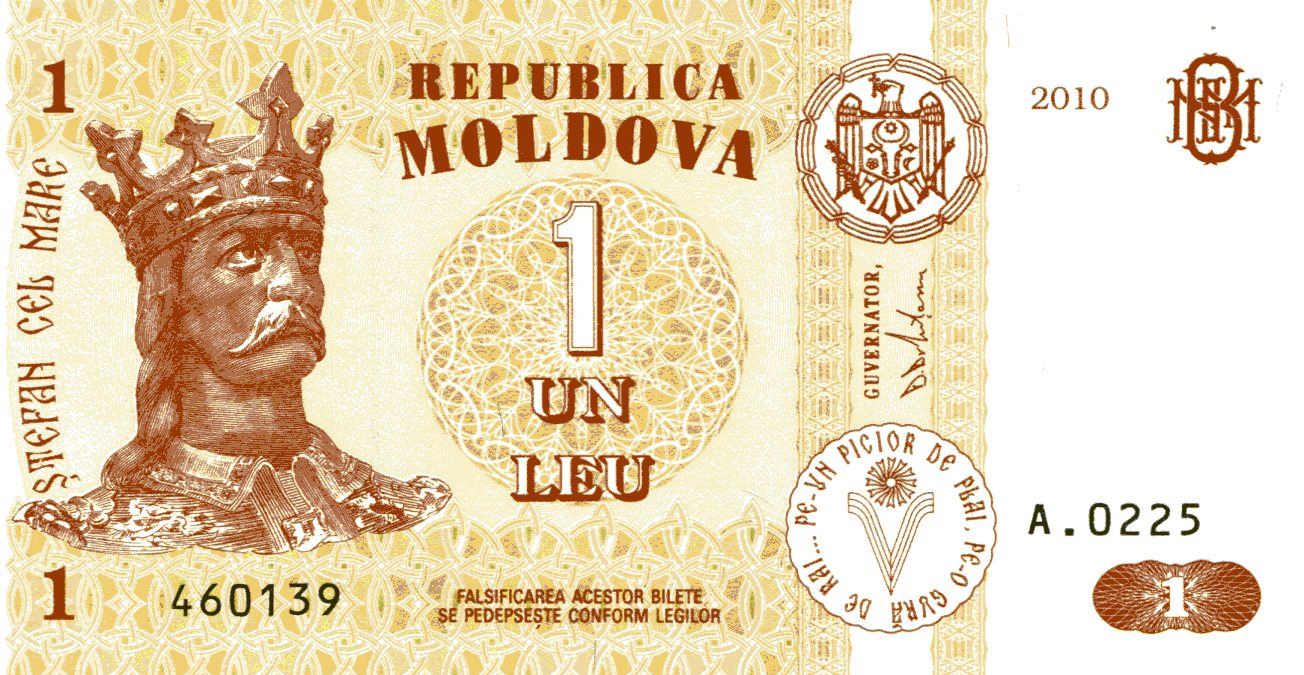 Of course that’s
Of course that’s 